Introduction
Stir-frying vegetables is a cornerstone of many cuisines, celebrated for its ability to preserve texture, color, and nutrients while delivering bold flavors. A common debate among home cooks and chefs revolves around the use of cooking wine in vegetarian dishes. While meat-based recipes often incorporate wine to tenderize proteins or mellow gamey flavors, the application of alcohol in vegetable-centric stir-fries raises questions: Does it enhance the dish’s complexity, or does it overshadow the natural sweetness of produce? This article explores the science, cultural practices, and practical tips surrounding the use of cooking wine in stir-fried vegetables, offering insights into how this ingredient can elevate your plant-based meals.
Understanding Cooking Wine: Composition and Purpose
Cooking wine, often referred to as “shaoxing wine” in Chinese cuisine or “sake” in Japanese dishes, is a fermented alcoholic beverage typically made from rice, wheat, or grapes. Unlike drinking wine, cooking varieties may contain added salt or preservatives, giving them a longer shelf life. The primary purpose of cooking wine is to deglaze pans, tenderize ingredients, and introduce umami-rich flavors through a process called Maillard reaction, where amino acids and sugars interact under heat.
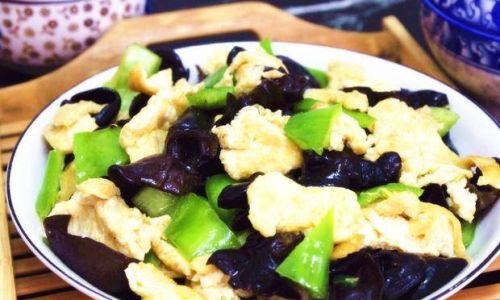
In stir-frying, cooking wine serves three key roles:
- Deodorizing: Alcohol evaporates quickly, carrying away raw or “grassy” vegetable aromas.
- Flavor Layering: It introduces a subtle acidity and sweetness, balancing bitter greens like kale or broccoli rabe.
- Aroma Enhancement: The fermentation process produces compounds like esters, which add floral or fruity notes.
How Cooking Wine Interacts with Vegetables
Vegetables vary widely in moisture content, fiber density, and natural sugars, influencing how they absorb flavors. For example, crisp vegetables like bell peppers or snap peas benefit from a quick splash of wine to brighten their crunch, while denser options like carrots or mushrooms may require longer cooking to meld with the alcohol’s notes.
Key Interactions:
- Leafy Greens (Spinach, Bok Choy): A teaspoon of cooking wine added mid-stir-fry can reduce bitterness without causing sogginess.
- Cruciferous Vegetables (Broccoli, Cauliflower): Wine helps soften sulfur compounds, mitigating sharp odors.
- Root Vegetables (Carrots, Potatoes): Prolonged cooking with wine infuses a caramelized depth, though overuse may lead to mushiness.
The Science Behind Alcohol Evaporation
Alcohol’s volatility means it evaporates at 172°F (78°C), lower than water’s boiling point. When added to a hot wok, cooking wine rapidly vaporizes, leaving behind dissolved flavor molecules. This process, known as aeration, concentrates the remaining liquid, intensifying its impact. However, timing is critical: adding wine too early may result in excessive evaporation, while late addition leaves a raw alcoholic taste.
Cultural Perspectives on Vegetable Stir-Fries and Wine
In Chinese cuisine, the use of wine in vegetarian dishes dates back centuries. Classic recipes like stir-fried snow peas with mushrooms often include shaoxing wine to harmonize earthy and fresh flavors. Similarly, Japanese chefs use sake in agedashi tofu preparations to accentuate the dish’s delicate balance.
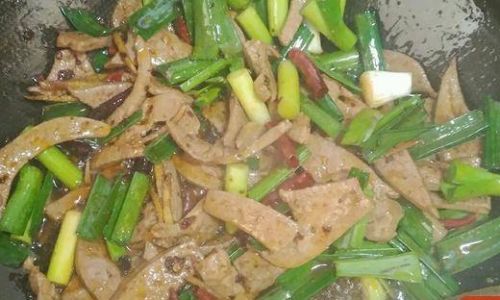
Western cuisines, by contrast, rarely incorporate wine into vegetable stir-fries, preferring citrus or herbs for acidity. This divergence highlights a broader culinary principle: alcohol’s role is cultural as much as it is chemical.
Alternatives to Cooking Wine
For those avoiding alcohol, several substitutes mimic its effects:
- Rice Vinegar: Offers a mild acidity without alcohol, though it lacks the fermented complexity.
- Lemon Juice: Brightens flavors but may overpower delicate greens.
- Vegetable Stock: Adds depth but requires reduction to avoid wateriness.
- Mirin (Sweet Rice Wine): A non-alcoholic Japanese seasoning with similar sweetness.
Common Mistakes and How to Avoid Them
- Overuse: Excess wine leaves a harsh, medicinal taste. Start with 1–2 teaspoons per serving.
- Late Addition: Pouring wine at the end prevents evaporation, resulting in a raw flavor. Add it during the initial sauté phase.
- Ignoring Quality: Cheap cooking wines often contain artificial additives. Opt for natural, salt-free varieties.
- Pairing Errors: Avoid pairing tannic wines with delicate vegetables (e.g., asparagus with red wine).
Health Considerations
While cooking wine imparts flavor, its nutritional impact is minimal. A 1-tablespoon serving contains roughly 12 calories and trace amounts of iron. However, alcohol content varies:
- Shaoxing Wine: 14–18% ABV (alcohol by volume).
- Dry Sherry: 15–20% ABV.
Prolonged simmering reduces alcohol by up to 90%, but sensitive individuals (e.g., pregnant people, children) may prefer alcohol-free alternatives.
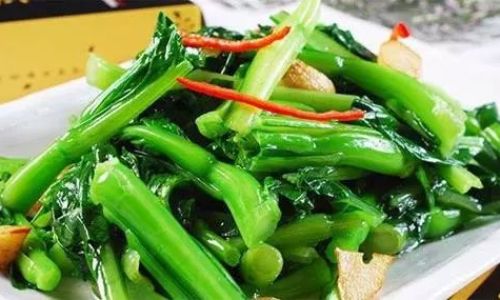
Expert Tips for Perfecting Vegetable Stir-Fries
- Preheat the Wok: A searing-hot pan ensures quick evaporation, preventing vegetable steaming.
- Add Aromatics First: Sauté garlic, ginger, or scallions before adding wine to bloom their flavors.
- Use High-Smoke-Point Oils: Peanut or avocado oil withstand high heat without burning.
- Balance Flavors: Pair wine with soy sauce, oyster sauce, or a pinch of sugar for depth.
- Experiment with Timing: For crisp-tender vegetables, add wine 30 seconds before finishing; for softer textures, incorporate earlier.
Case Study: Broccoli Stir-Fry with Shaoxing Wine
A study by the Journal of Culinary Science found that adding 5ml of shaoxing wine to 200g of broccoli during stir-frying reduced perceived bitterness by 22% while enhancing sweetness perception by 18%. The wine’s acidity also preserved the vegetable’s vibrant green hue by inhibiting chlorophyll degradation.
Cultural Taboos and Modern Adaptations
In some Buddhist vegetarian traditions, alcohol is strictly avoided, leading to innovations like fermented black bean paste or mushroom-based “wine” substitutes. Modern fusion chefs often combine wine with unexpected ingredients, such as miso or coconut aminos, to create vegan-friendly umami bombs.
The Debate: To Wine or Not to Wine?
Purists argue that vegetables should shine unadorned, relying on freshness and cooking technique. However, advocates of wine highlight its ability to elevate simplicity. The answer lies in context:
- Delicate Vegetables (Zucchini, Cucumber): Avoid wine to prevent overpowering.
- Robust Vegetables (Eggplant, Cabbage): Benefit from wine’s depth.
- Fermented Vegetables (Kimchi, Sauerkraut): Wine complements tanginess.
Conclusion
The decision to use cooking wine in stir-fried vegetables hinges on personal preference, cultural tradition, and ingredient compatibility. When applied judiciously, it transforms humble produce into a symphony of flavors, bridging the gap between simplicity and sophistication. Whether you opt for a splash of shaoxing wine or a squeeze of lime, the goal remains the same: to honor the vegetable’s essence while pushing culinary boundaries. As with all cooking, experimentation is key—so raise your wok, and let the sizzle begin.
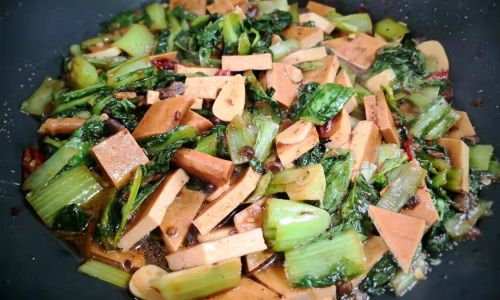
Final Thoughts
Cooking wine is not a crutch but a tool, offering nuance to those who wield it wisely. Next time you stir-fry, consider the vegetable’s voice: Is it a soloist or part of an ensemble? Adjust your wine accordingly, and watch as even the humblest dish becomes a masterpiece.
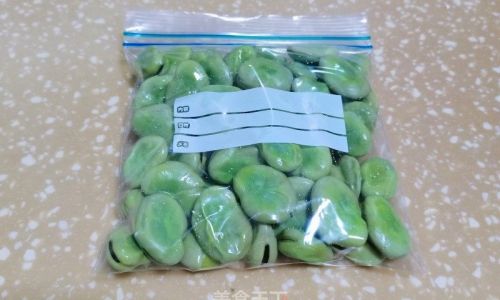

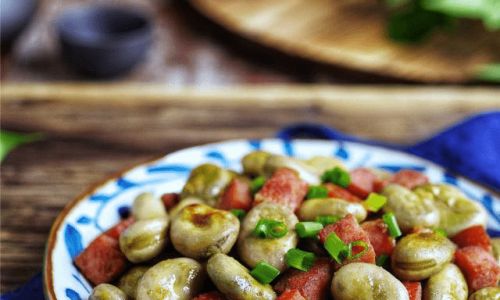


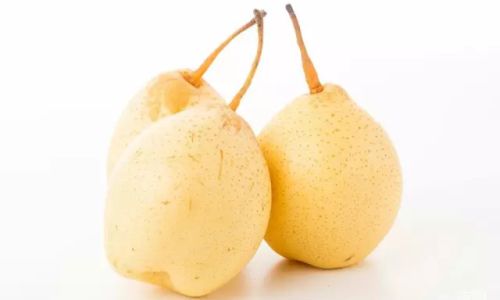
0 comments